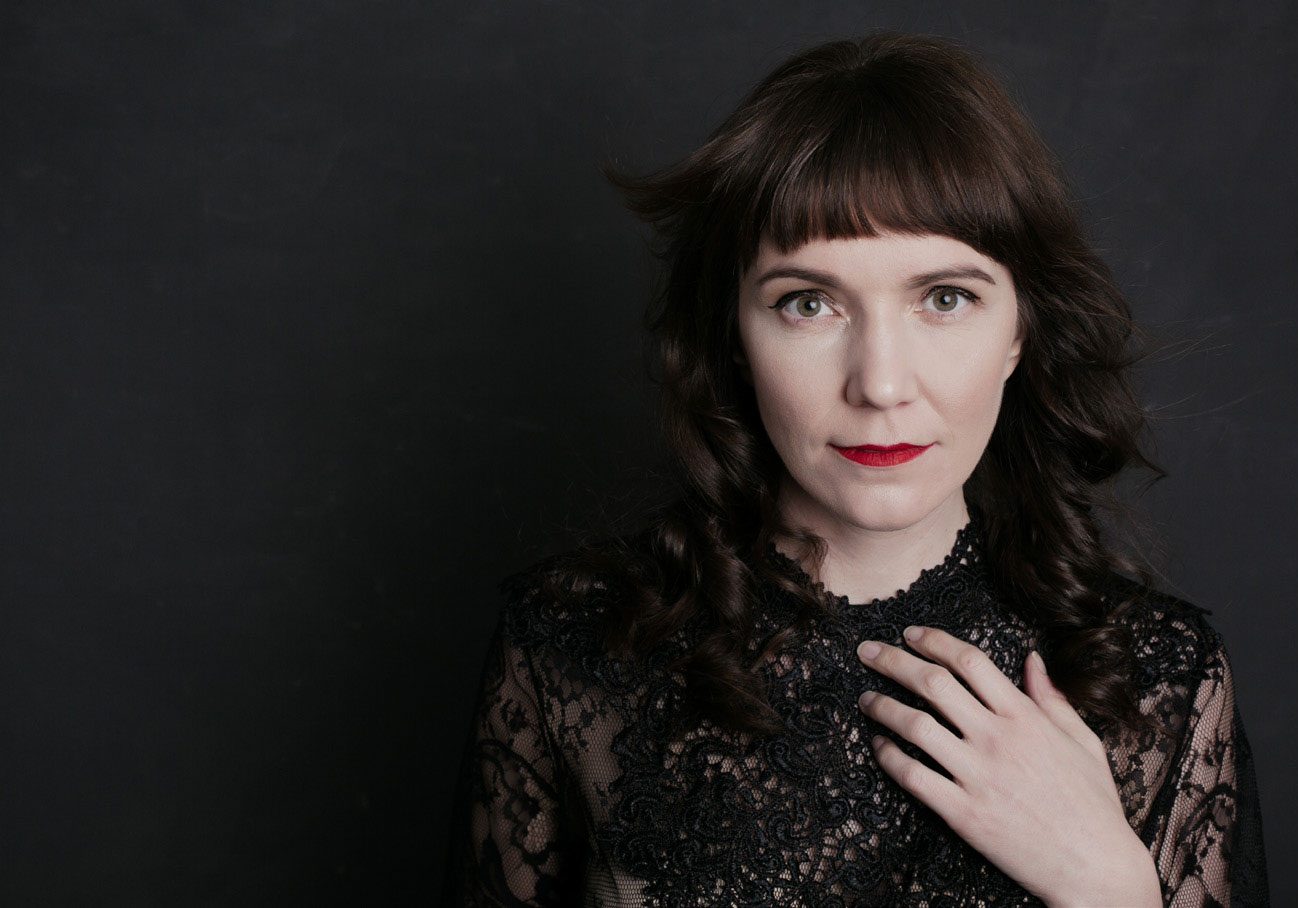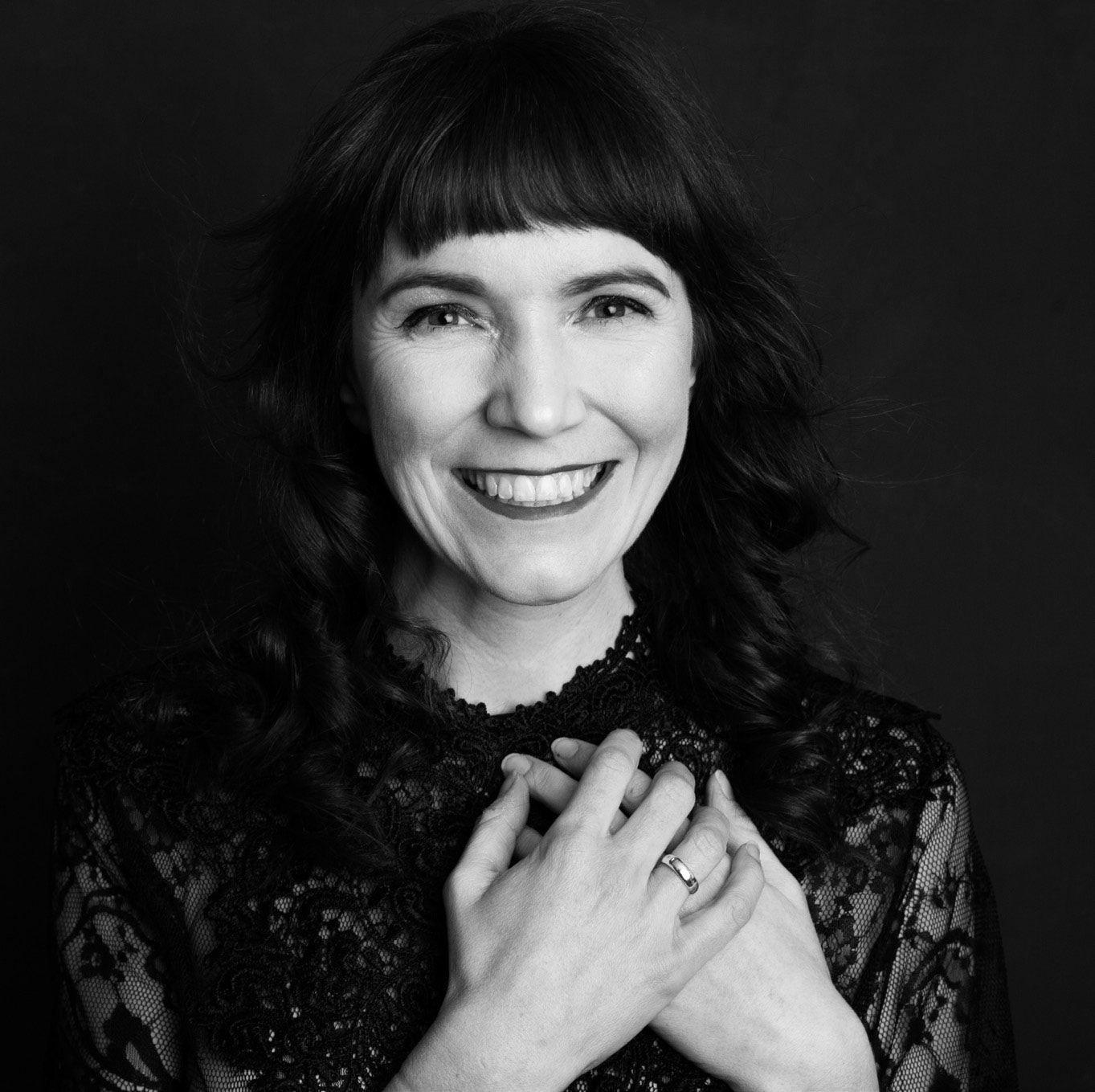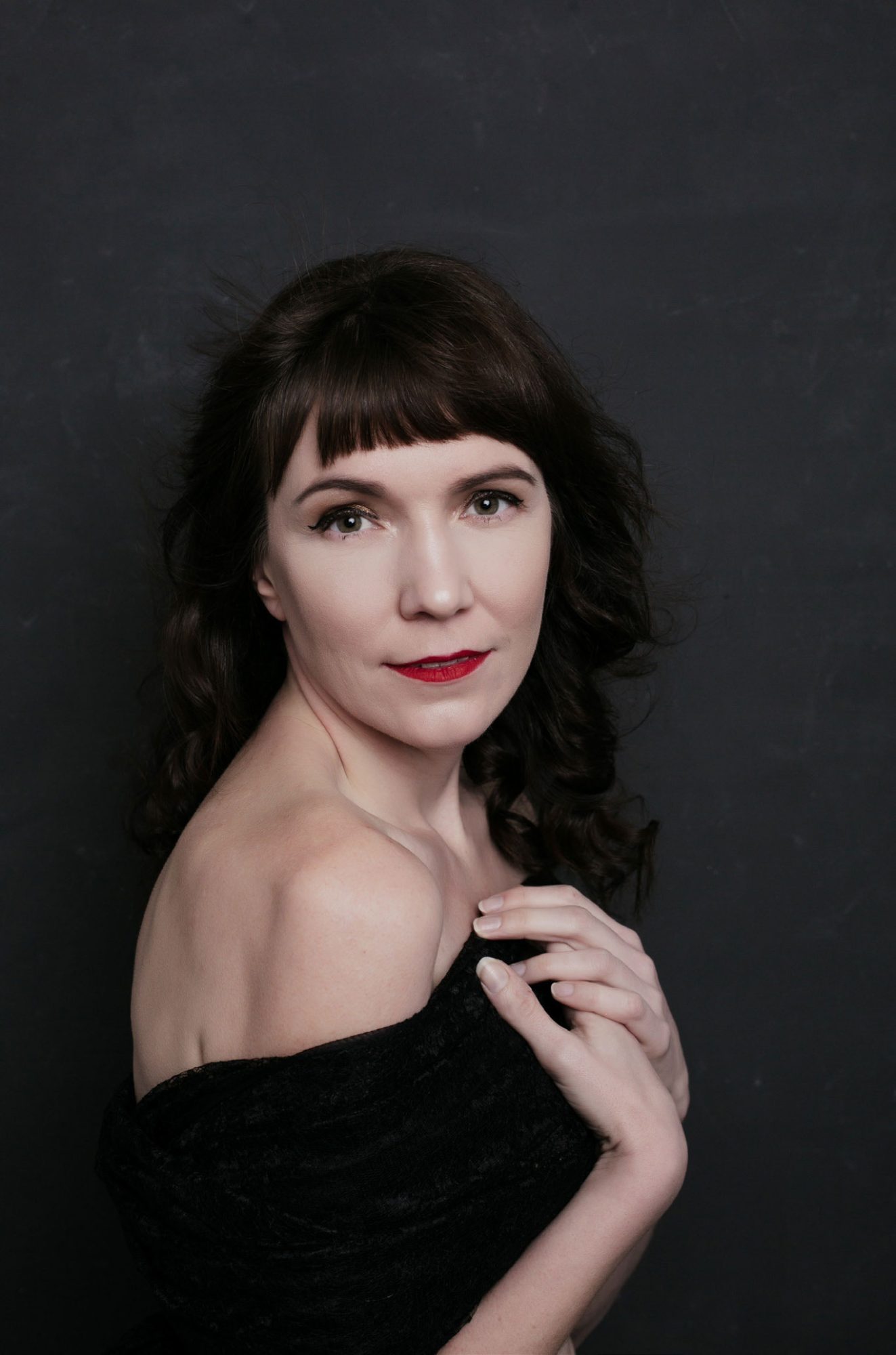
The Warrior Project: Portrait of Hazel
by Northern Life
Diagnosed with type 1 diabetes, Hazel Hughes talks about the challenges of living with this condition
Lancashire photographer Donna Craddock’s Warrior Project is a series of stunning shots featuring people with a physical or mental illness or disability. The project aims to capture the perfection in everyone from behind her lens. In this issue, we meet Hazel Hughes, a mother of two boys and lifestyle photographer with Type 1 diabetes. She shares her story about her diagnosis, the constant cycle of checks, tests, and carb counting, and how she manages her condition daily.
“I was diagnosed in 2001 at 20 years old, but it wasn’t easy,” Hazel explains. “For several months, my doctors thought that my symptoms were psychosomatic. They told me that I was depressed and that my physical complaints (rapid weight loss, racing heart, exhaustion, digestive issues, extreme thirst, severe headaches and eventually severe breathlessness and air hunger) were all expressions of that.”

After several months of arguing that something physical was wrong, she started accepting the doctors’ words. Delirious from lack of sleep and, unknown to her, with dangerously high acidity levels in her blood, she was admitted to a psychiatric ward, where it was discovered that she had a high level of ketones in her urine.
“Finally, the health professionals sprung into action, realising that my symptoms were typical of ketoacidosis (this is what happens when the blood becomes acidic due to fatty acids produced when the body is burning fat and muscle instead of sugar) and I was in danger of falling into a diabetic coma. I was quickly diagnosed with type one diabetes and have been managing it ever since.”
AFTER SEVERAL MONTHS OF ARGUING THAT SOMETHING PHYSICAL WAS WRONG, SHE STARTED ACCEPTING THE DOCTORS’ WORDS
According to Diabetes UK, “Type one diabetes is a serious condition where your blood glucose (sugar) level is too high because your body can’t make a hormone called insulin. This happens because your body attacks the cells in your pancreas that make the insulin, meaning you can’t produce any. We all need insulin to live. It does an essential job. It allows the glucose in our blood to enter our cells and fuel our bodies.
“When you have type 1 diabetes, your body still breaks down the carbohydrate from food and drink and turns it into glucose. But when the glucose enters your bloodstream, there’s no insulin to allow it into your body’s cells. More and more glucose builds up in your bloodstream, leading to high blood sugar levels.”
“Life with diabetes is a constant cycle of checks, tests and carb-counting,” Hazel explains, “I have a little device that monitors my blood sugar levels constantly and an insulin pump that works in tandem with it to keep my insulin levels stable (although not without constant input from me. We’re not quite at bionic artificial pancreas level yet, though getting closer with every passing year!). With all my clever attachments, I like to think of myself as Borg.”
Traditional management of diabetes, and one that many of us may recognise, involved multiple daily injections and finger pricking, which is still a reality for many. For some people, this is due to preference; for others, technology seems out of reach.

Although technology to help manage diabetes has come a long way in the past few years, Hazel points out that access to glucose sensors and pumps still relies on having a proactive medical team. “I’m incredibly grateful to have such a supportive team and to have been empowered with choices in my day-to-day management of the condition.”
While Hazel is grateful for her improved quality of life, she admits that she still struggles with the condition. “I’ll never forget the first food talk I was given in my hospital bed. A kind nurse sat down and explained that I could never have a piece of cake bigger than a typical wedding cake portion. Anyone who knows me will guess how this news went down! She also told me I would need to eat daily at 8 am, 12 pm, 5 pm, and 10 pm. Thankfully, treatment has progressed a lot (what’s that, you say?
Slice of cheesecake the size of my head at 3 am? Go on then!), and most people (in this country) with type 1 now have dietary freedom. ‘Eat what you like, when you like’. I have to be savvy with counting carbohydrates, constantly on the ball, and making sure that the amount of insulin I take matches the amount of carbs I eat.
MANY FACTORS CHANGE THE AMOUNT OF INSULIN I NEED. RUNNING FOR A BUS? TURN THE INSULIN DOWN. PMT? CRANK IT RIGHT UP
On top of that, many factors change the amount of insulin I need. Running for a bus? Turn the insulin down. PMT? Crank it right up. Hot or cold weather, stress, sex, excitement, sleep disturbances, and viruses… can alter insulin requirements, so you can never really ‘switch off’.”
Throughout the 22 years since Hazel was diagnosed, developments in managing the condition have dramatically improved her quality of life.
“It’s cathartic to vent about the challenges type 1 brings, but I’m lucky to live in an age when there’s been so much development and improvement of care, and so much exciting research is on the horizon. Outcomes are improving, and treatment is evolving.”
The condition has such an impact on Hazel’s day-to-day life, living with the condition has transformed her.
“Having diabetes has shaped and made me stronger, but it doesn’t define me. It comes with me everywhere, but I own it and make it fit around me. Travelling can be interesting, but I don’t let diabetes stop me. I always have a little stash of jelly babies in my pocket when I’m out on a photoshoot. As we say in the t1 community – “I have diabetes – it does not have me.”
Donna photographed Hazel in January 2018, yet she still remembers the experience. “Despite being a photographer, I usually feel insecure and uncomfortable on the other side of the lens. I prefer to hide behind it instead of posing in front of it! I’d been looking forward to the shoot for ages but with subtle (or not so subtle) undertones of ‘bricking it’ while bracing myself for feeling monumentally awkward. I needn’t have worried at all.”

“The informal chat before the shoot made me almost forget it was happening. I was welcomed and made to feel at home, with brews a plenty and a proper good natter. I was surprised at how quickly Donna managed to gently guide me into the poses, too, all the while keeping a natural and easy vibe, with no sense of pressure or ‘doing it wrong’. I’m made up with the photographs!”
When Hazel was photographed, she was living life to the full despite her diabetes, with technology allowing her to live a relatively normal life.
“Unfortunately, my first Covid infection in 2020 led to a serious decline in health,” Hazel explains. “I am currently unable to work, but despite this, I am now even more grateful than before to have such cutting-edge diabetes tech to manage that side of my illness. Long Covid life would be much harder without the security of knowing that my blood sugar levels are not something I need to worry about.”
Go to clickclickbang.co.uk for more information about the Warrior Project.
NorthernLife July/Aug 23




